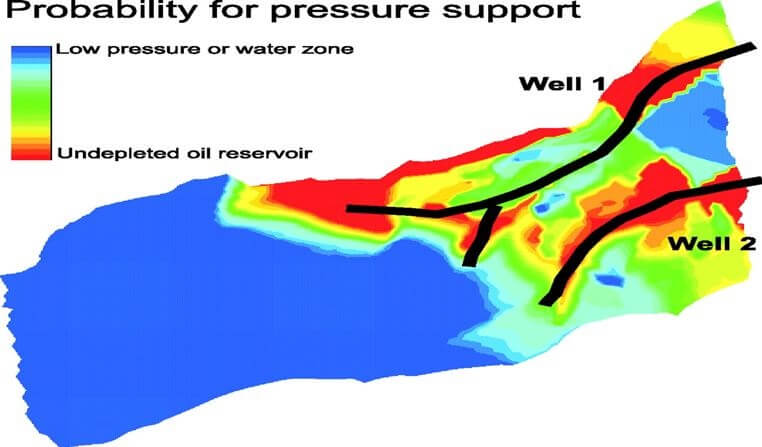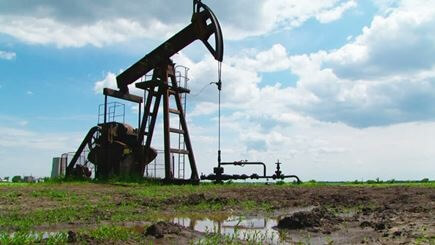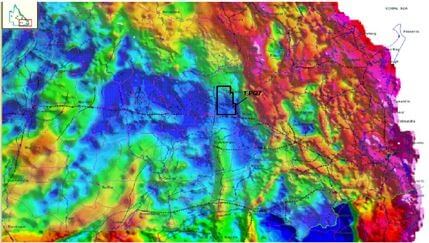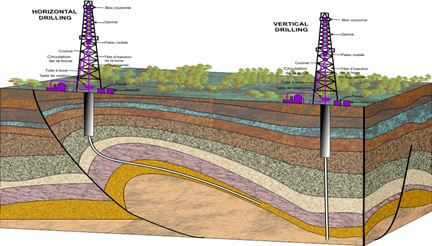ADVANCED PRESSURE TRANSIENT ANALYSIS
ABOUT THE COURSE
The main aim of this course is to understand the practical application of well testing theory to design and interpret pressure transient Tests. An integrated approach to well test interpretation is emphasized throughout the course. Class exercises involving hand calculations and simple spreadsheet application will be reinforce the concepts by both synthetic data sets and real field examples. Participants will be able to apply the knowledge and skills in their job assignments upon the course completion.
WHO SHOULD ATTEND?
- ✔ Reservoir Engineers
- ✔ Reservoir Engineers
- ✔ Production Engineers
- ✔ Geoscientists
- ✔ Reservoir Eeologists
COURSE DURATION: 5 DAYS
LEARNER OUTCOMES
- ✔ How to design a well test to get the required objectives.
- ✔ How to analyze draw down and build up tests in oil and gas wells.
- ✔ How to identify the flow regimes using Log-Log diagnostic curves.
- ✔ Describe the pressure behavior for common reservoir boundaries.
- ✔ Estimate the average drainage area pressure.
- ✔ How to use the type curve matching for analysis.
- ✔ Analyze well test in hydraulic wells and horizontal wells for natural
fractured reservoirs.








